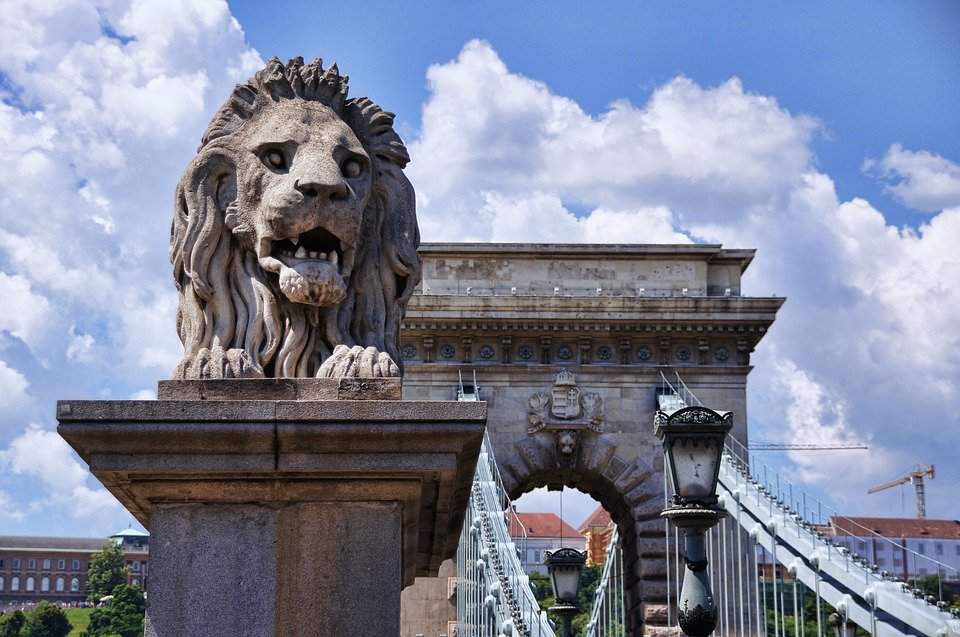Why was Hortobágy’s symbol the Nine-Arched Bridge built?

The Nine-Arched Bridge in Hortobágy is the main symbol and the most remarkable building of the region. It is currently the longest stone bridge in Hungary and has many legends and facts many do not know about it.
The bridge was built between 1827 and 1833 in a Classical style. It replaced the old bridge which was used by the people in the region, and its construction was finally decided in 1825 by the leadership of Debrecen as the area was under their authority.
The construction of the bridge was started in 1827 and was finished in 1833.

This arch bridge was the longest road stone bridge in historic Hungary before 1921 when Hungary was reduced to one-third of its former territory. The distance between the two abutments standing on either side of the river is 92.13 meters while the entire length of the stone bridge measures 167.3 meters.
The entrance to the bridge on each side is broader, thus making the life of the herdsman easier as approaching animals being herded onto the bridge entered the funnel-shaped opening of the bridge.

Dívány reported that the bridge was mainly used first by tradesmen who crossed it to reach Szolnok and then heading to Vienna. Although it was the main function of the building and it was determined by historians how the idea of the bridge was born, its construction has two legends.
The word Hortobágy has nine letters. The first and most common theory that the bridge has nine arches because of the number of letters.
Another legend says that Hungarian betyár Sándor Rózsa was having fun when he heard that the region is being under attack. He needed to escape and to find a safe place he needed to cross the river, but there was no bridge.

According to the story, nine women appeared, who were Rózsa’s lovers, and formed a bridge in front of him so that he could cross the river.
The main of the construction was to build a safer and more massive bridge to serve the tradesmen and herdsmen of Hortobágy.
Featured image: www.facebook.com/csodasmagyarorszag
Source: www.divany.hu, www.dehir.hu




